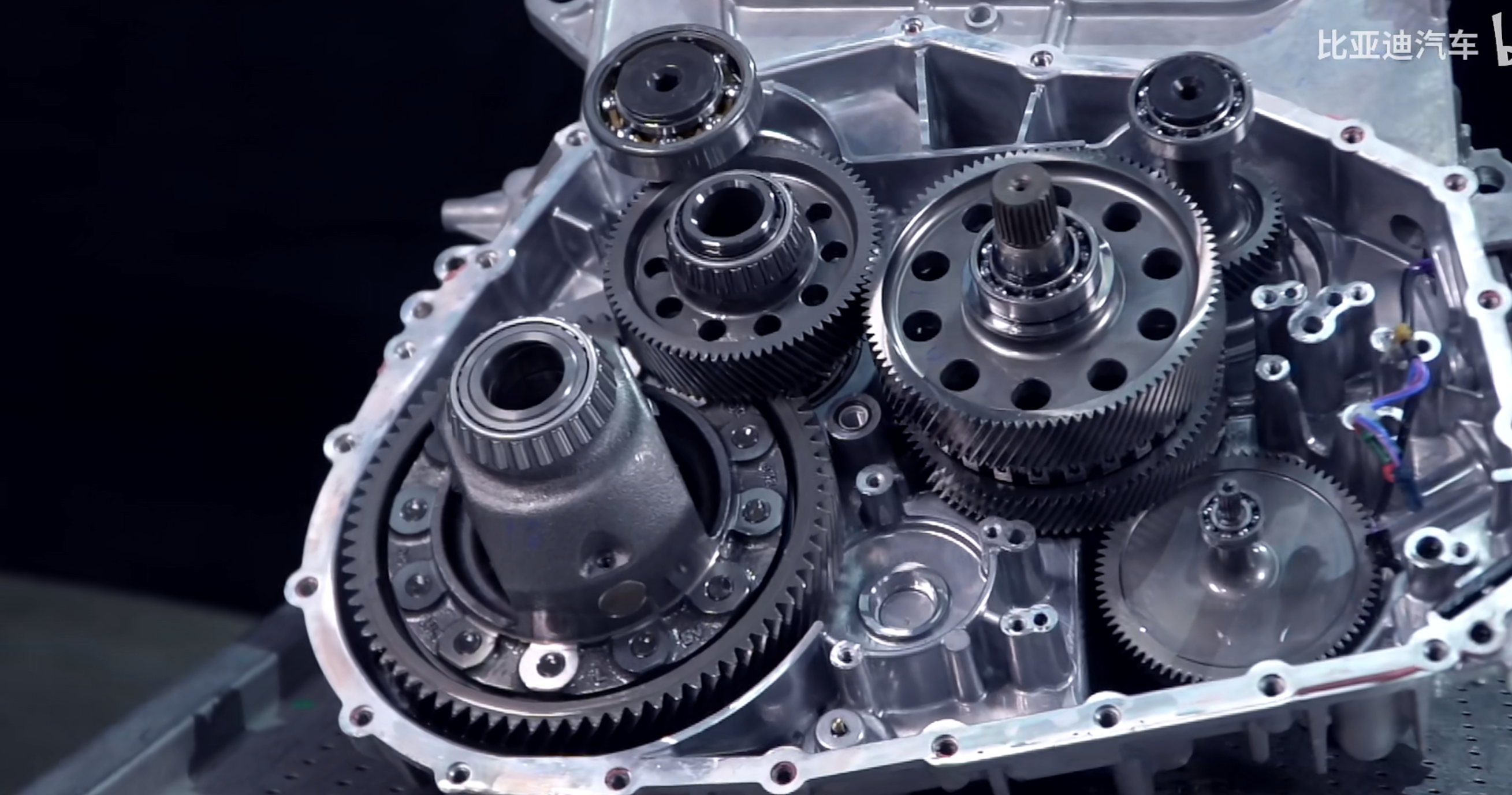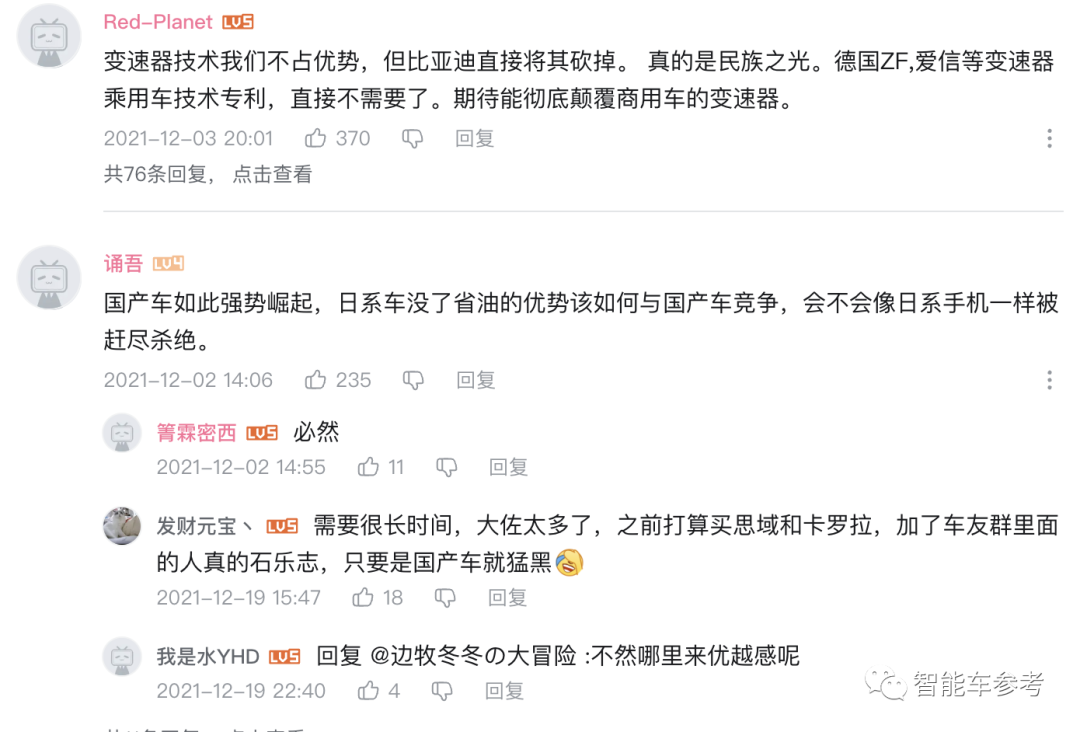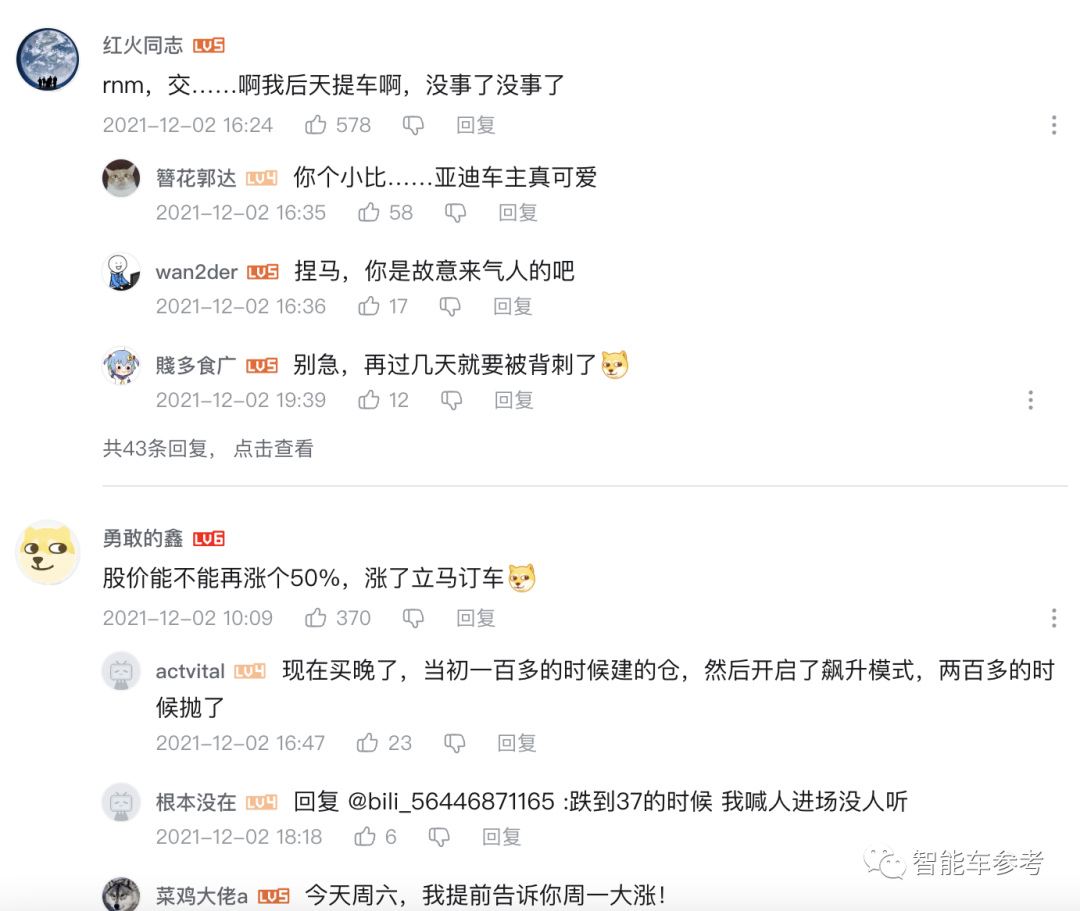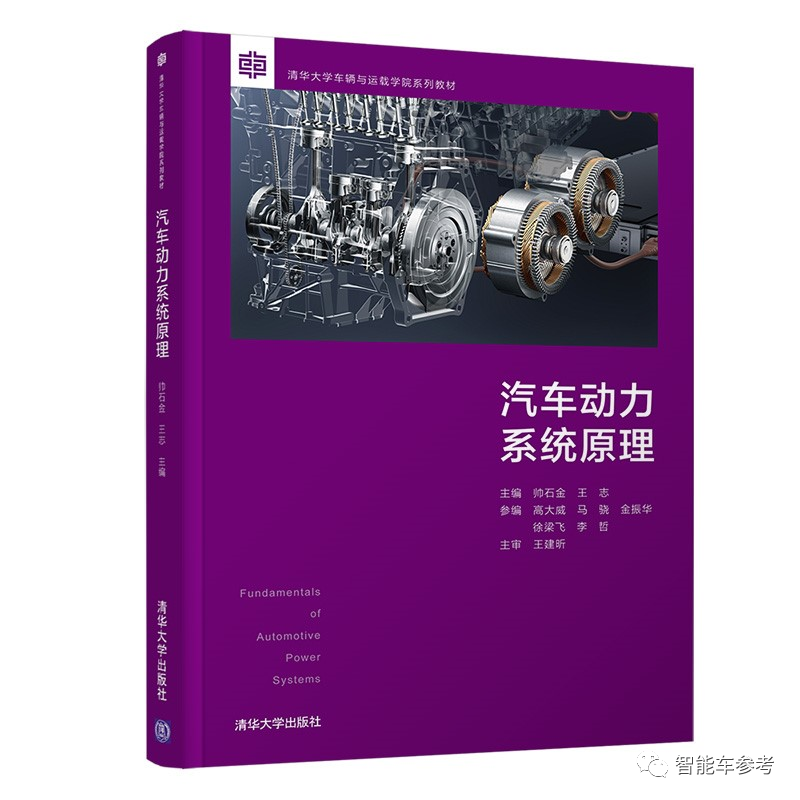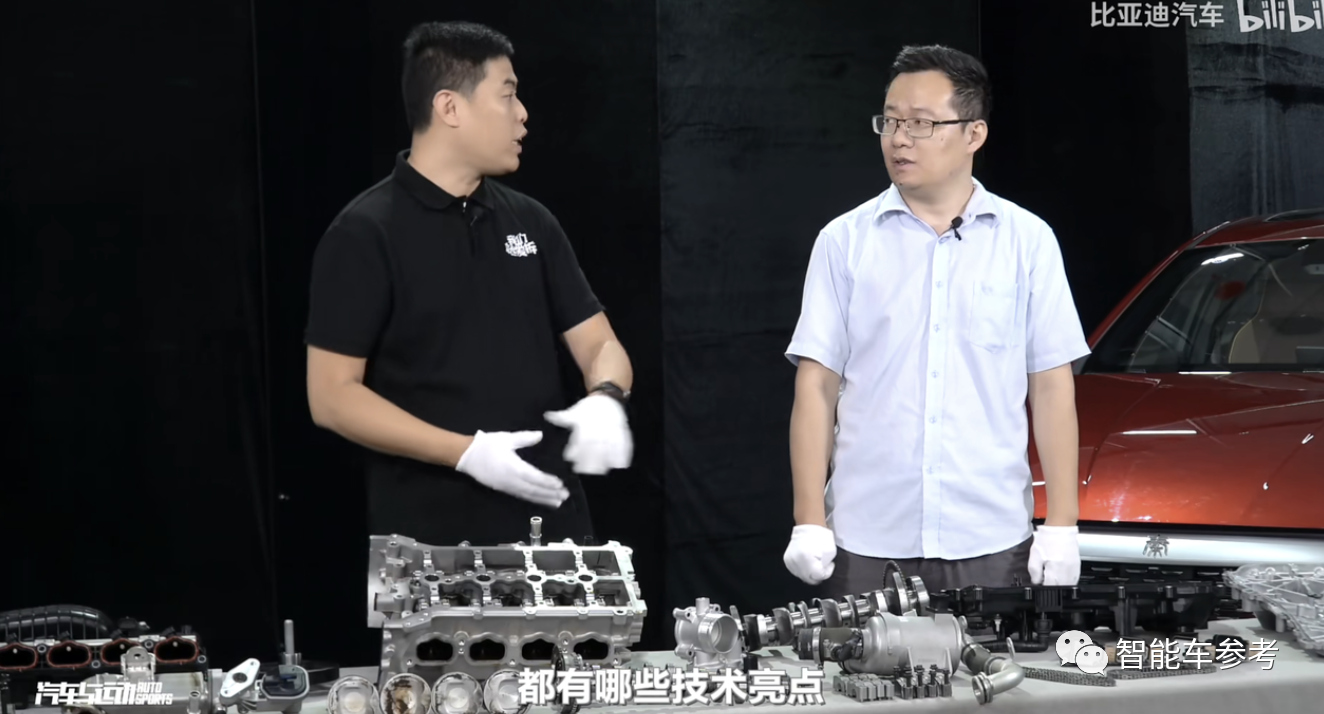Jia Haonan, posted from the Co-Pilot Temple
Smart car reference| AI4Auto public account
Taking apart an engine, is there anything interesting about it?
But such a “steel straight man” video has attracted 160,000 viewers on Bilibili.
Not enough with only 160,000 views?
It is worth knowing that this episode is not from a well-known car reviewer nor from a hardcore tech up, but from the official account of BYD Auto, which has only 50,000 fans.
Other releases analyzing DM-i have hundreds of thousands of views, with many discussing engine disassembly or explaining hybrid power, but BYD’s DM-i hybrid model is unmatched in popularity throughout the Internet.
Some praise it as the pride of the nation:
Others boast about picking up their car soon:
It’s not just ordinary consumers who are interested in it; the latest textbooks from the Car Department of Tsinghua University also feature BYD’s DM-i hybrid system as a case study and have even made it the cover of the book:
Good reviews and popularity: how good is BYD’s DM-i, really?
How’s BYD’s DM-i Hybrid Doing?
What did BYD officially dismantle from their DM-i hybrid system?
There are two main parts: the 1.5L hybrid custom SC47 engine and the EHS hybrid electric system.
Overall, DM-i hybrid powertrain is fundamentally different from Toyota’s well-known hybrid technology.
Toyota’s hybrid system mainly relies on gasoline power; the engine works beyond its optimal efficiency range to generate mechanical energy to store in the battery to compensate for inadequate power in higher gear positions.
In contrast, BYD relies primarily on electric power and gasoline as supplementary power. The engine operates almost entirely within its most efficient range, with electric power used in almost all driving conditions.
Therefore, the engine’s design is entirely different from that of a traditional combustion engine: it amplifies the engine’s high-efficiency zone performance while abolishing or weakening other functions, achieving an overall thermal efficiency of 43.04%.
Traditional engines need to use belt pulleys to drive items like water pumps and AC compressors. However, the Yuan engine (骁云发动机) eliminates this design and directly uses electricity to power these accessories, thereby reducing engine load as much as possible.
In addition, the engine’s cylinders use an ultra-high compression ratio of 15.5:1 to achieve more complete combustion of the fuel mixture. However, the high compression ratio also brings the risk of knocking, for which BYD has taken a series of measures.
Firstly, they use the Atkinson cycle, where the intake valves close later during the compression stroke, allowing a small amount of the fuel mixture to be released from the cylinder to reduce pressure. Additionally, they also use Exhaust Gas Recirculation (EGR) technology to cool the burnt exhaust gases and recirculate them back into the cylinder to reduce the combustion chamber temperature.
These two technologies not only reduce the probability of knocking, but also lower the production of nitrogen oxides during combustion, making the emissions more environmentally friendly.
To further improve combustion efficiency, the Yuan engine also uses split cooling technology, where the cylinders and cylinder head utilize two separate cooling systems to reach the optimal temperature and improve the overall efficiency of the engine.
In terms of DM-i technology, the key technological highlights are the EHS hybrid system, which consists of an integrated generator, electric drive motor, and their respective control systems as well as a single-gear clutch when the engine is directly connected and a reducer when the electric motor is directly used, as well as a cooling system.
From these EHS components, you can see the biggest difference between the BYD DM-i and other hybrid vehicles: four driving modes.
The first is the pure electric EV mode, which uses power from the power blade battery and fully shuts down the engine, generally used in low-speed urban driving conditions and when the battery is adequately charged.
The second is the series HEV mode, where the engine is started, but the clutch is not connected to the wheel end. In this case, the engine only functions as a generator to charge the battery, and the vehicle is still driven by the electric motor. Usually, the system automatically enters the series mode when the battery level falls below a certain threshold.The third mode is parallel mode, where the electric motor and engine drive the wheels simultaneously, and is usually used in situations with high instantaneous power demands like during acceleration and overtaking.
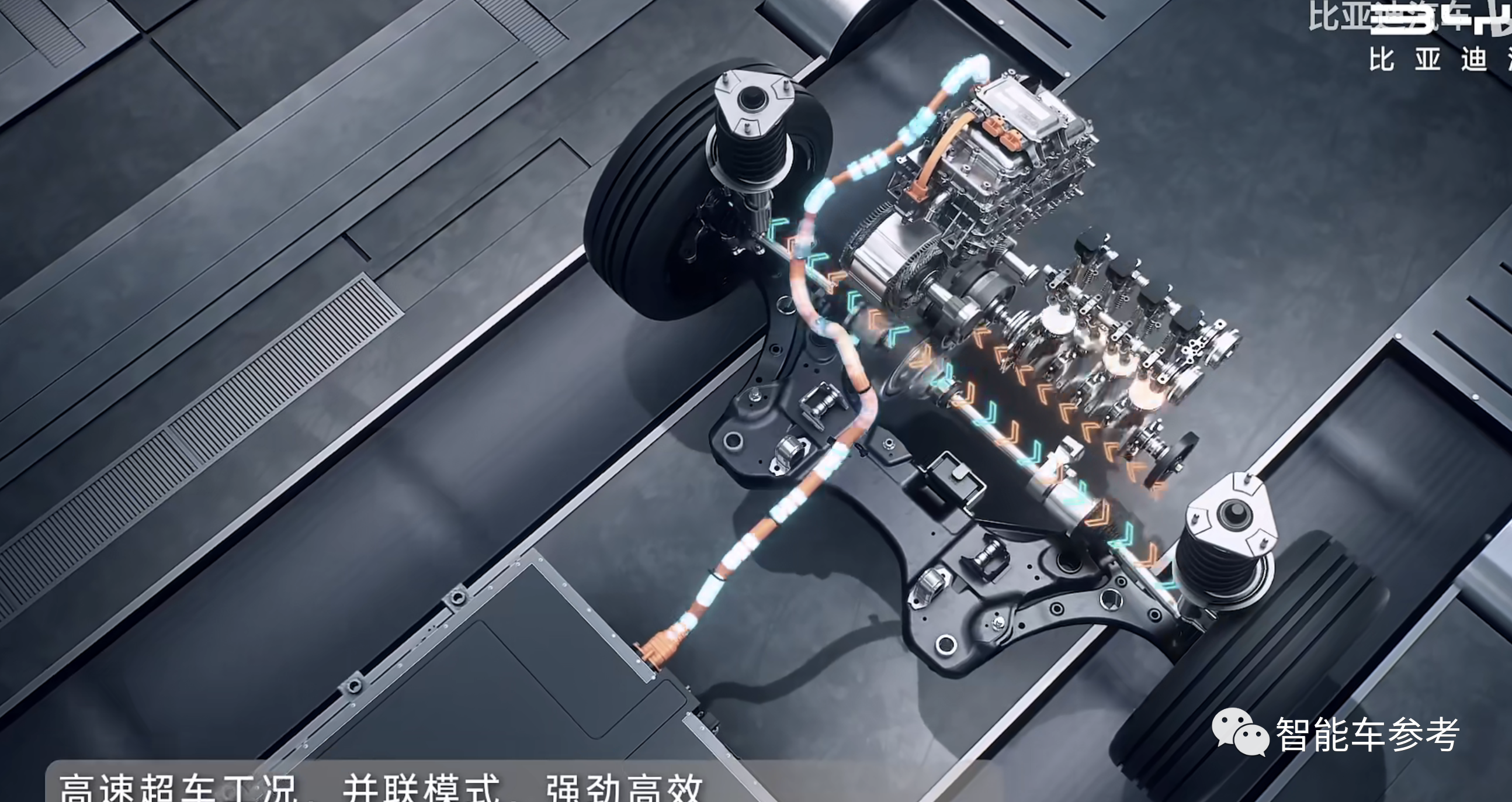
Lastly, in engine direct drive mode, the motor stops working. This mode is generally only used in conditions where the vehicle is traveling at speeds of over 70km/h because the engine is already operating in the highest efficiency range.
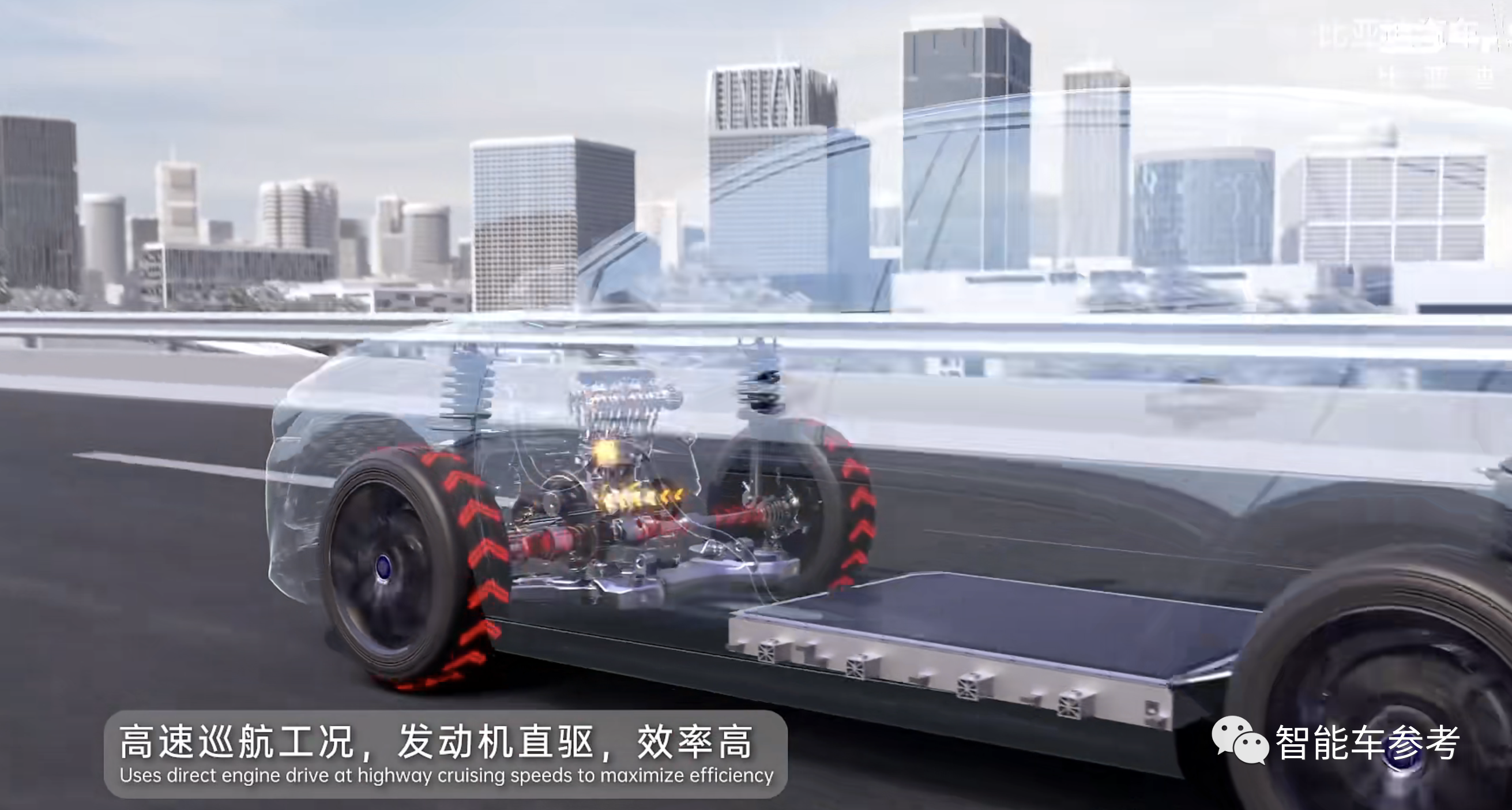
The 7-in-1 EHS hybrid system, as well as other black technologies, such as BYD’s self-developed fourth-generation IGBT (power semiconductor) modules, flat-wire motors, and oil-cooling systems are used.
What can the Xiaoyun engine + EHS bring to users?
BYD has provided comprehensive data of a range of 1100 km and fuel consumption of 3.8L / 100km. Unlike Toyota’s representative hybrid technology, the DM-i has achieved both fuel economy and performance, providing the same acceleration experience as an electric car.
Why is DM-i so popular?
BYD’s DM-i system boasts exceptional paper-based data indicators, and has a high level of attention online.
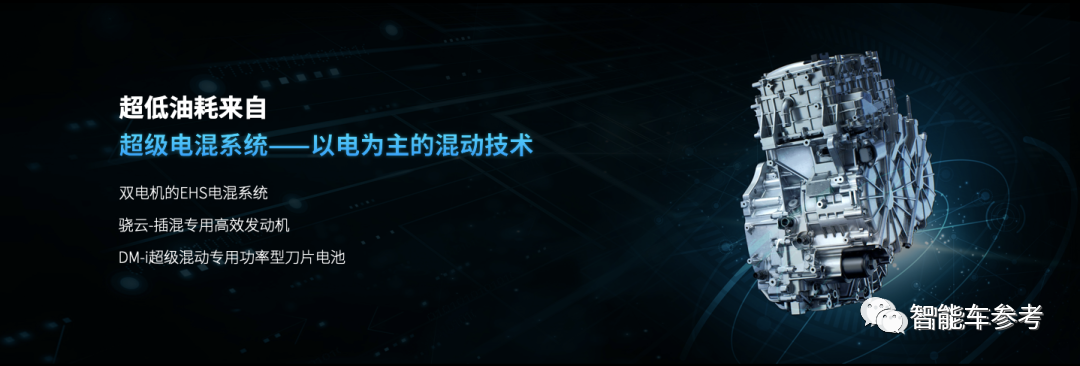
Where does this popularity come from? Is just saying “the technology is brilliant” enough?
In reality, in the market, DM-i has done extraordinarily well, even to the extent that it could be described as a “astonishing success.”
In January of last year, BYD officially announced the DM-i technology, and in March, the first car model equipped with the hybrid system, the Qin Plus DM-i, was released.
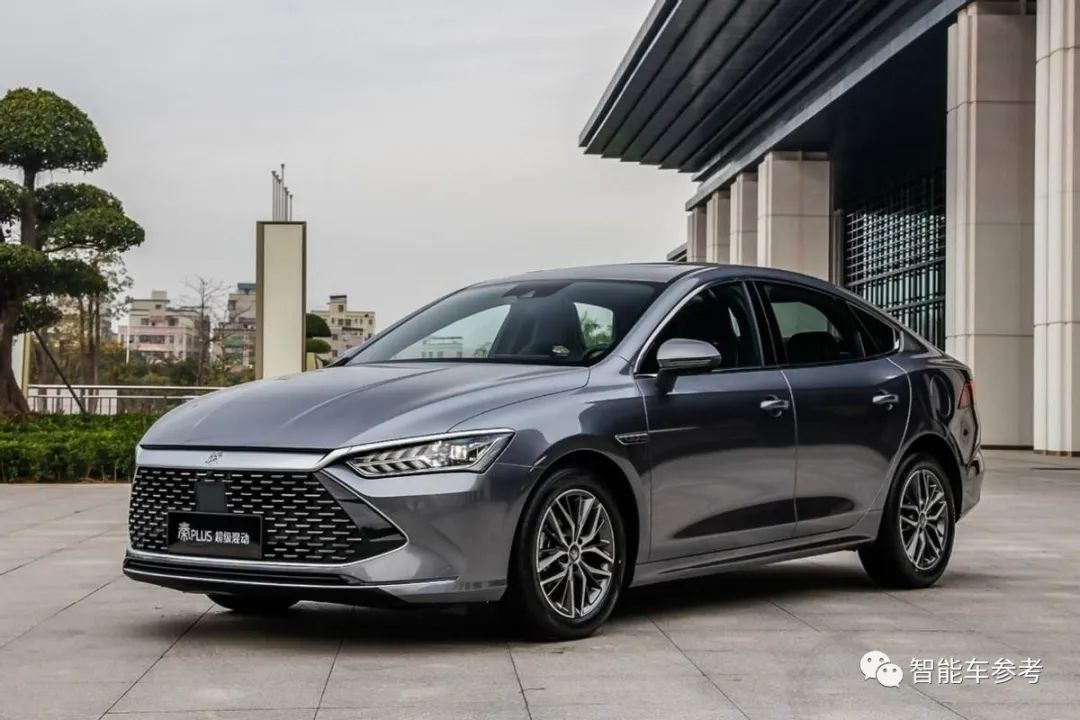
Within a year, all models of the Qin, Song, Han, Tang, and Jueyuan have been equipped with DM-i versions. Additionally, the newly announced Tang D9 also has a DM-i variant.
Moreover, in slightly over a year since it was launched, DM-i models have already been experiencing oversubscription sales.
In March, BYD’s investor meeting minutes showed that BYD had over 400,000 orders, of which 300,000 were for DM-i hybrid cars.
This number continues to rise, and it’s said that BYD already has 500,000 orders waiting to be delivered.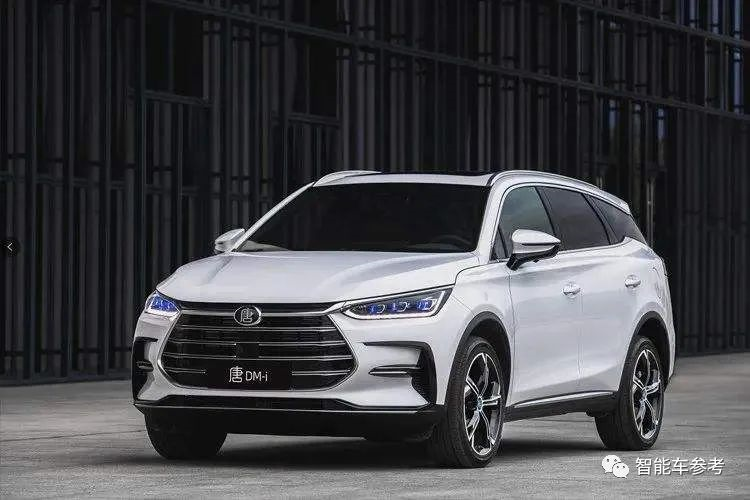
BYD Auto’s General Manager Li Yunfei has apologized multiple times in public for the delivery period of up to three to four months.
Therefore, ensuring production and delivery has become BYD’s most urgent task now.
What is the sales figure like?
As a comparison, Honda, a well-known and highly praised Japanese hybrid brand in China, sold 173,000 units in 2021.
Toyota sold 500,000 units in the past 15 months.
It can be said that the self-developed hybrid vehicles surpassed the Japanese hybrids in “an instant”.
Moreover, BYD is still “catching up” and a few days ago, taking advantage of the launch of the new hybrid Tang, it also released the DM-p.
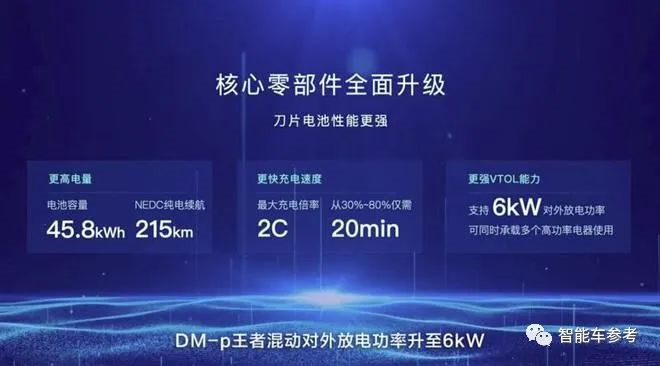
P stands for “powerful”, with the same basic structure and principle as the DM-i, except that it adopts triple-motor drive and a larger battery capacity.
With a 0-100 km/h acceleration time of 4.9 seconds, a pure electric cruising range of 215 km, and a power consumption of 6.5 L/100 km, the Tang is a medium to large-sized SUV with a wheelbase of 2.82m and weighing over 2 tons.
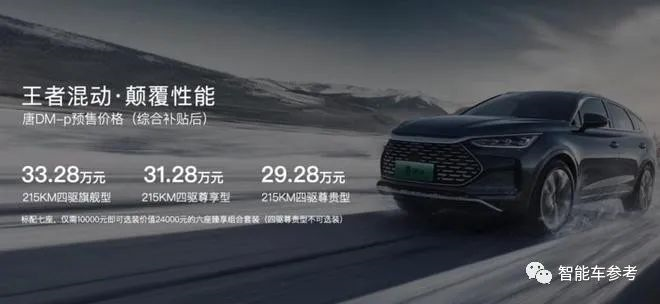
From the financial data, BYD’s hybrid vehicles not only overturned the Japanese competitors but also, as Wang Chuanfu said, really overthrew the gasoline vehicles.
The Overturner of Gasoline Vehicles, is it serious?
Wang Chuanfu defined DM-i as the Overturner of Gasoline Vehicles when it was first introduced.
The reasons for this can be examined from the perspectives of technology, cost, and product.
First, in terms of technology, DM-i is mainly electric, completely overturning the design concept of the previous gasoline power system, not only eliminating external parts such as belts but also directly canceling the transmission that still exists in Japanese hybrid vehicles.
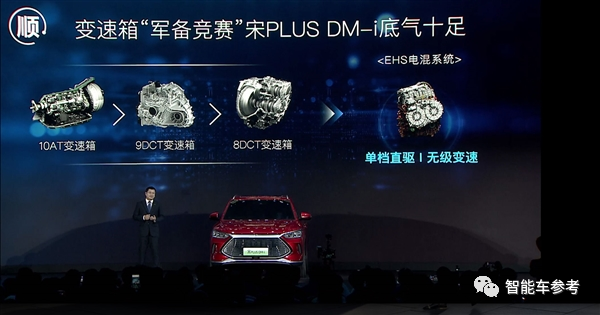
This greatly reduces the complexity of the whole system, and the failure rate also decreases accordingly. The more integrated design also reduces the cost of parts procurement and supply chain management.
In terms of cost, in addition to hard expenses such as procurement management, DM-i’s advantages are also reflected in the self-development of core components. For example, the power semiconductor components used in the motor and battery are completely self-developed by BYD, and they are produced by the group subsidiary BYD Semiconductor.
Therefore, BYD’s “self-sufficiency” in the industrial chain has also allowed DM-i hybrid to “overthrow” its competitors in terminal prices.The cheapest Qin Plus DM-i starts at 111,800 yuan, while the most expensive Han DM-i starts at 215,800 yuan.
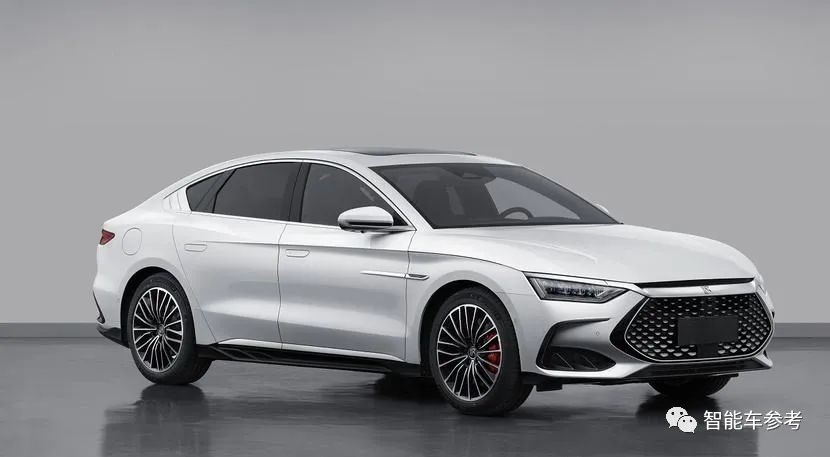
Toyota’s RAV4 or Corolla hybrid starts at 203,800 yuan, and is much smaller than the Han in the same price range.
The Qin, which is of similar size, is nearly 100,000 yuan cheaper than these two cars.
Not to mention the huge gap in technology and interior materials.
Toyota’s hybrid system has already achieved the ultimate in fuel efficiency. Its real urban fuel consumption of 4-5 liters is a major reason for its popularity.
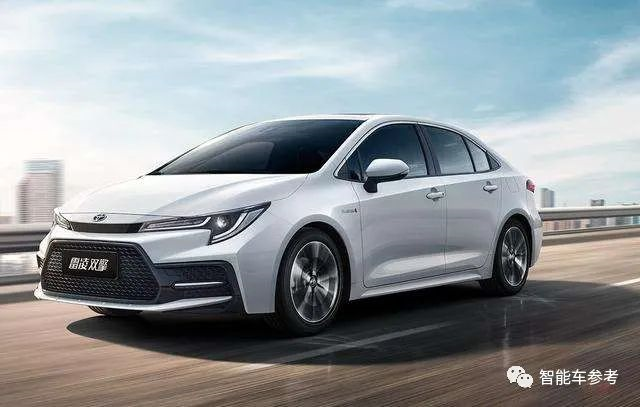
But Toyota’s previous hybrid models only had series and parallel modes, which inherently limit their power. To achieve greater power, you can only increase the engine displacement. This contradicts the original intention of saving fuel.
However, DM-i can choose different modes according to different conditions, achieving both the same fuel consumption as Japanese cars and much stronger performance.
Cheaper prices, better power, and richer configurations are the advantages of DM-i at the product level.
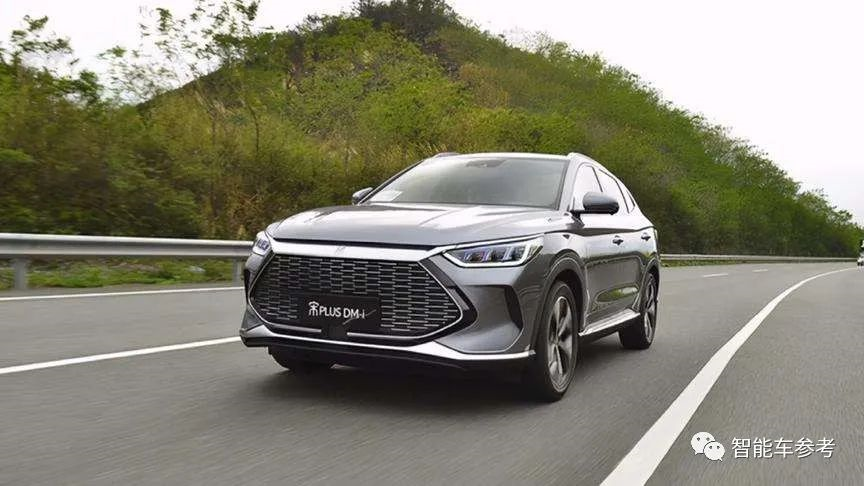
BYD’s DM-i for each car model has a clear target. The Qin series aims to seize market share from Japanese Corolla and Sylphy, while the Song series is targeting the territory of joint venture fuel vehicles such as Honda CR-V and Volkswagen Touareg…
Whether it can overturn these fuel vehicles is still uncertain, but the hope is not small.
Because some fuel vehicles have already been overturned by DM-i, such as BYD’s own F3.
— End —
This article is a translation by ChatGPT of a Chinese report from 42HOW. If you have any questions about it, please email bd@42how.com.
